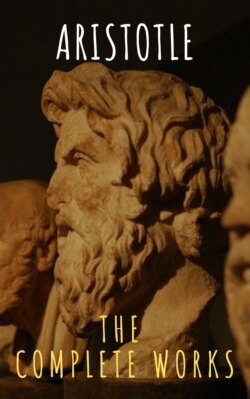Читать книгу Aristotle: The Complete Works - Aristotle - Страница 40
На сайте Литреса книга снята с продажи.
8
ОглавлениеSince there is a difference according as something belongs, necessarily belongs, or may belong to something else (for many things belong indeed, but not necessarily, others neither necessarily nor indeed at all, but it is possible for them to belong), it is clear that there will be different syllogisms to prove each of these relations, and syllogisms with differently related terms, one syllogism concluding from what is necessary, another from what is, a third from what is possible.
There is hardly any difference between syllogisms from necessary premisses and syllogisms from premisses which merely assert. When the terms are put in the same way, then, whether something belongs or necessarily belongs (or does not belong) to something else, a syllogism will or will not result alike in both cases, the only difference being the addition of the expression ‘necessarily’ to the terms. For the negative statement is convertible alike in both cases, and we should give the same account of the expressions ‘to be contained in something as in a whole’ and ‘to be predicated of all of something’. With the exceptions to be made below, the conclusion will be proved to be necessary by means of conversion, in the same manner as in the case of simple predication. But in the middle figure when the universal statement is affirmative, and the particular negative, and again in the third figure when the universal is affirmative and the particular negative, the demonstration will not take the same form, but it is necessary by the ‘exposition’ of a part of the subject of the particular negative proposition, to which the predicate does not belong, to make the syllogism in reference to this: with terms so chosen the conclusion will necessarily follow. But if the relation is necessary in respect of the part taken, it must hold of some of that term in which this part is included: for the part taken is just some of that. And each of the resulting syllogisms is in the appropriate figure.
